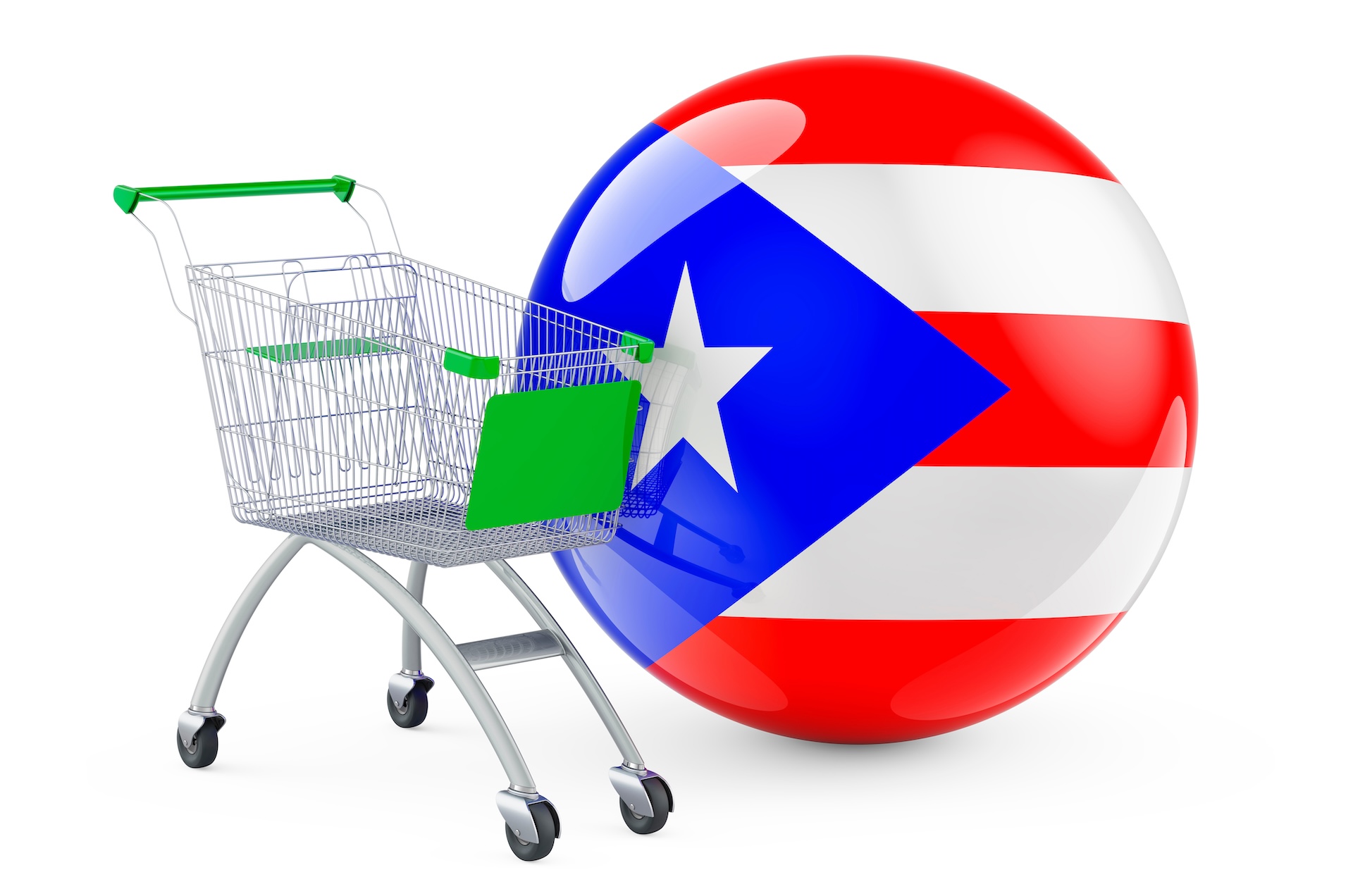Environmental health risks are unevenly distributed across the United States, with people in communities with lower socioeconomic levels facing significantly more problems with air and water quality. Puerto Rico, with a high rate of poverty and a very limited voice in U.S. politics, faces high levels of environmental dangers. Poor water quality has been an ongoing problem. Air quality is also an issue.
Ethylene oxide
A gas called ethylene oxide is widely used to sanitize medical devices. Puerto Rico is a major producer of medical devices in the United States and has seven sterilizing plants which work with the substance in concentrations high enough to trigger action by the Environmental Protection Agency (EPA).
The EPA began calling on these companies to reduce ethylene oxide emissions in 2016, when it identified ethylene oxide as a carcinogen. Over time, people living in communities around the sterilizing plants can expect to see increased rates of cancer. People working in the plants that use this chemical are at much greater risk.
“Puerto Rico, a US territory without voting power, has carried a disproportionate load of the country’s burden—both in terms of the number of plants and the effect on local communities,” Popular Science reported. “Its facilities tend to receive less legislative action than others, too.”
A recent study found that more affluent communities were able to create enough political pressure to shut down facilities of this kind in their neighborhoods, while facilities in less affluent areas, including those in Puerto Rico, did not see such action taken.
The plant in Salinas, Puerto Rico, has had two explosions during the time they have been working with the EPA. The Union of Concerned Scientists called out the Salinas plant in particular, saying that they have the highest cancer risk levels of all the plants studied by the EPA.
Coal ash
Puerto Rico has just one coal-burning power plant. It produces 300,000 tons of coal dust each year, and has 620,000 tons of coal dust piled near the plant. Flooding during Hurricanes Maria and Fiona caused groundwater contamination with this coal dust.
Coal dust is implicated in a number of serious respiratory diseases, including chronic bronchitis and emphysema. Physicians for Social Responsibility also link this contaminant to heavy metal damage resulting in heart disease, lung disease, kidney damage, and birth defects.
The EPA has recently begun testing air and water in the area for contamination. This is the first such testing that has ever taken place, in spite of years of concern on the part of people living in the community. The EPA has called for a liner for the ash heap, but the power company has not yet accomplished this step.
Lead
According to the National Center for Healthy Housing, more than 97% of Puerto Rico residents receive drinking water from systems that violate the EPA’s standards for lead and copper. 54% of the homes in Puerto Rico were built before 1978, when lead paint was first regulated. Just last summer, children’s furniture was recalled by a Puerto Rico retailer because the items had been painted with lead-based paint.
However, Puerto Rico does not collect data on lead levels in children. This is part of a general pattern; Puerto Rico is often not included in data collection that is ubiquitous in the states. Without accurate information on the extent of lead exposure, it is difficult to remedy the problem.
According to the American Lung Association, there is no safe level of exposure to lead. Lead is known to cause a host of physical ailments, including brain damage, kidney damage, anemia, memory loss, miscarriages, and stillbirths.
Puerto Rico has higher levels of nearly all chronic diseases than the states. Levels of asthma among children are among the highest in the world, and deaths from asthma are far more frequent in Puerto Rico than in the states. These numbers reflect the environmental dangers in Puerto Rico, which are in turn influenced by the territory status of the Island.



Anybody reading this articule must be aware of how the people of the island are looked upon by the U.S. Basically, they don’t care because of our title as a Territory. If you look at each line item you will see that the island is at the lowest position for corrective action.
If the island really wants to improve the island then they must make a decision of whether to vote statehood or independence.
For me, the choice remains to be statehood. Without this position we can expect more of the same lack of interest or support.
The island gets some help from the U.S. but that help is ALWAYS less than if we were a state.
The three main political parties need to think about what is best for the island and NOT what is best for their party. The future of the island is far more important that the future of any political party.